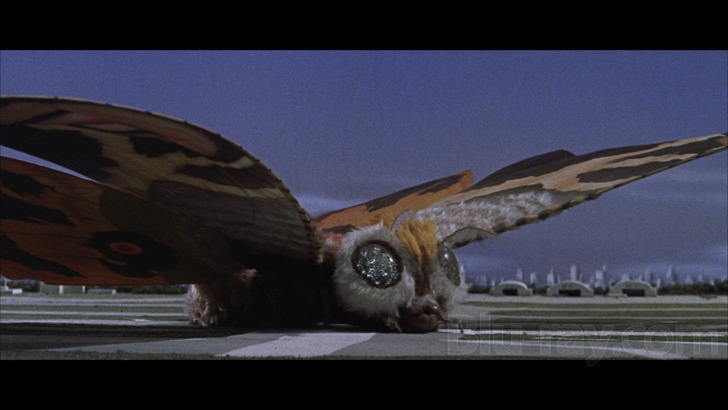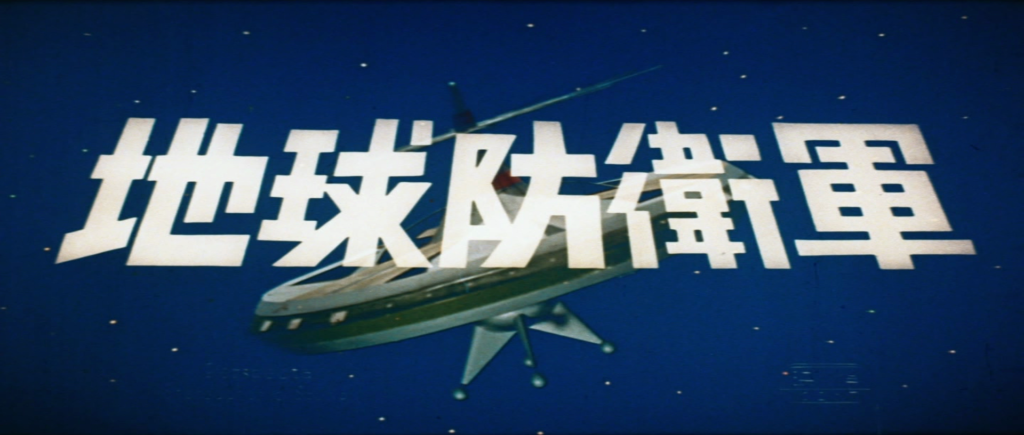“Daimajin” (1966): The Trilogy of Stone and Spirit – Review

The “Daimajin” trilogy, released in 1966, remains one of the more unique cinematic experiences to come out of Japan during a decade where giant monsters (or ‘kaiju’) roamed the silver screen with unparalleled enthusiasm. Unlike the more internationally recognized Godzilla or Mothra films, “Daimajin” melds the kaiju genre with period drama, creating a rich tapestry of human emotion, conflict, and, of course, a giant vengeful stone god.
Plot Overviews
All three films, while varied in their narratives, revolve around a central theme: a stone statue of a deity that comes to life to exact vengeance on those who commit evil deeds, particularly against the innocent. The titular Daimajin, an imposing stone god with a grim face, becomes the embodiment of divine retribution in feudal Japan.
- Daimajin: The debut film sets the tone, where an evil warlord oppresses the people, leading to their prayers awakening the stone deity.
- Daimajin Strikes Again (Return of Daimajin): The sequel shifts the focus to a different set of characters but retains the essence. Here, children play a pivotal role, seeking the deity’s intervention to save their families from a cruel tyrant.
- Wrath of Daimajin: The final installment takes things up a notch with more intense action and a narrative that involves the kidnapping of a group of women, leading to the deity’s wrathful intervention.
Interplay of Genres
“Daimajin” stands apart in its attempt to marry two seemingly disparate genres: the period drama and the kaiju film. The result is a narrative depth not always present in traditional monster movies. By grounding the supernatural elements in genuine human stories of love, betrayal, and redemption, the films provide emotional stakes that are palpable.
Behind the Scenes and Production
The very idea of creating a period drama with a giant statue god was ambitious. The production company, Daiei Film (known for other iconic characters like Gamera), took a calculated risk with “Daimajin.” They banked on detailed set designs, intricate costumes, and, most significantly, the creation of the titular character.
The Daimajin’s design was a feat in itself. Unlike the more flexible rubber suits of other kaiju films, the statue god required a rigid appearance, staying true to its stone origins. This presented challenges in movement and expression, but with innovative puppetry and suit mechanics, the filmmakers achieved an awe-inspiring, fearsome deity.
Additionally, the use of miniatures, a staple in kaiju films, was expertly handled in the trilogy. Entire feudal villages were recreated in meticulous detail, only to be devastated by the god’s wrath, resulting in visually stunning sequences of destruction.
It’s also worth noting that the three films, though sharing a thematic core, were helmed by different directors: Kimiyoshi Yasuda, Kenji Misumi, and Kazuo Mori. This brought varied styles and tones to each installment, allowing for a fresh experience every time.
Symbolism and Themes
The trilogy touches on various themes, but at its core, it’s about divine justice. Daimajin, though a force of destruction, is also a beacon of hope for the oppressed. The deity’s intervention is always the last resort, a response to the desperate pleas of the downtrodden.
Furthermore, the films delve into the idea that unchecked ambition and cruelty have consequences. The antagonists, often blinded by their quest for power, ignore the legends and warnings associated with the stone god, leading to their eventual downfall.
Legacy and Impact
While not as internationally renowned as some of its contemporaries, “Daimajin” has garnered a dedicated following over the decades. Its unique blend of historical drama with kaiju elements makes it a standout, and the films are often praised for their atmospheric storytelling, engaging characters, and impressive production values.
The trilogy also paved the way for subsequent filmmakers to explore the fusion of genres, proving that kaiju films weren’t just about city-leveling battles but could be intertwined with deep human stories.
Reflections on the Narrative
The “Daimajin” films, while having the spectacle of a deity’s wrath, never forget their human core. The emotional journeys of the characters, their struggles, and eventual triumphs (often with the deity’s intervention) are the heartbeat of the trilogy. Amidst the chaos and destruction, there’s a message of hope, resilience, and the idea that justice, in whatever form, will always prevail. Through its epic scope and intimate character moments, the “Daimajin” trilogy remains an enduring testament to the limitless possibilities of storytelling, even when working within well-defined genres.




